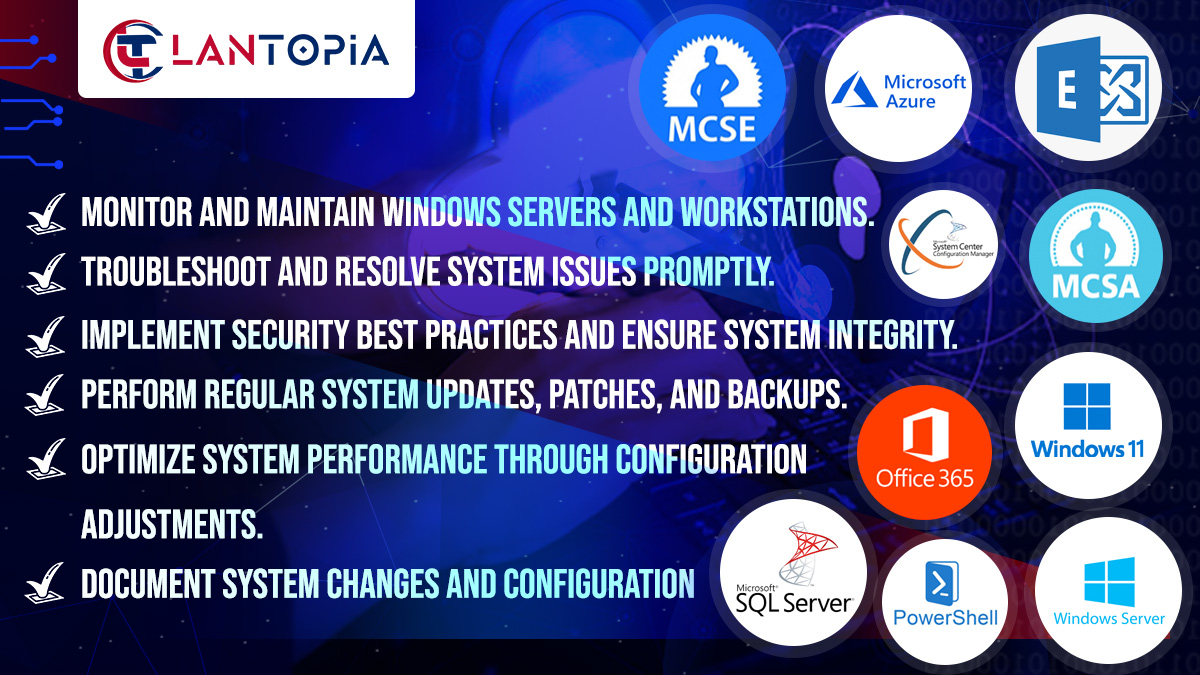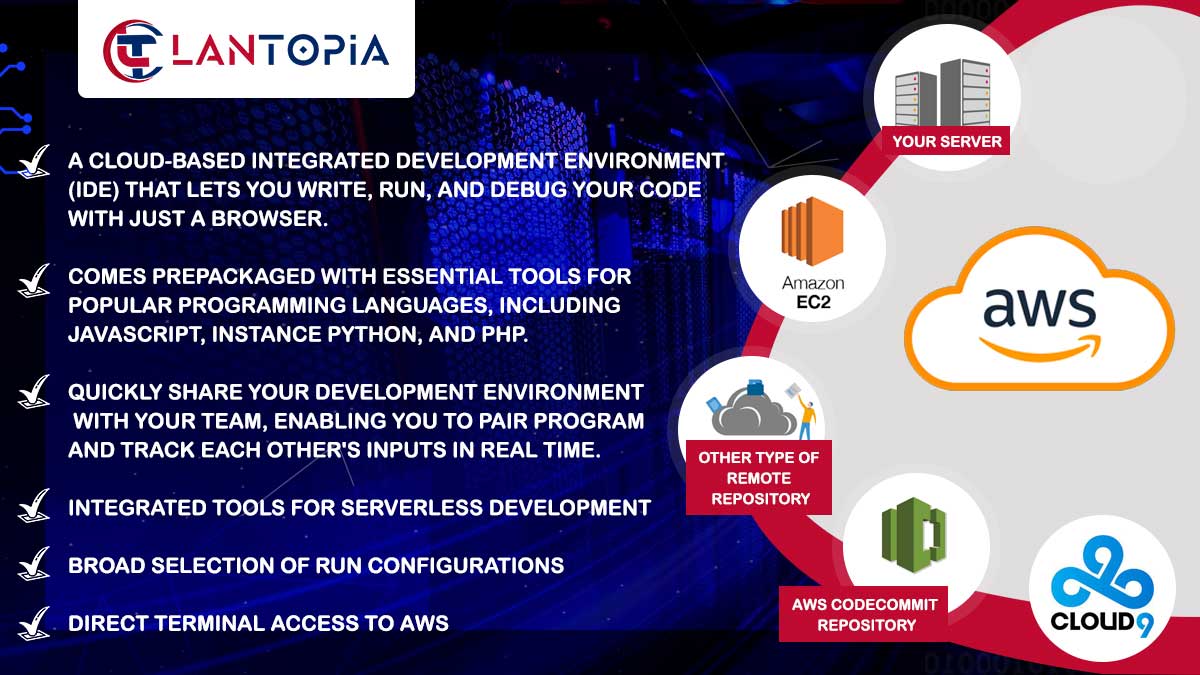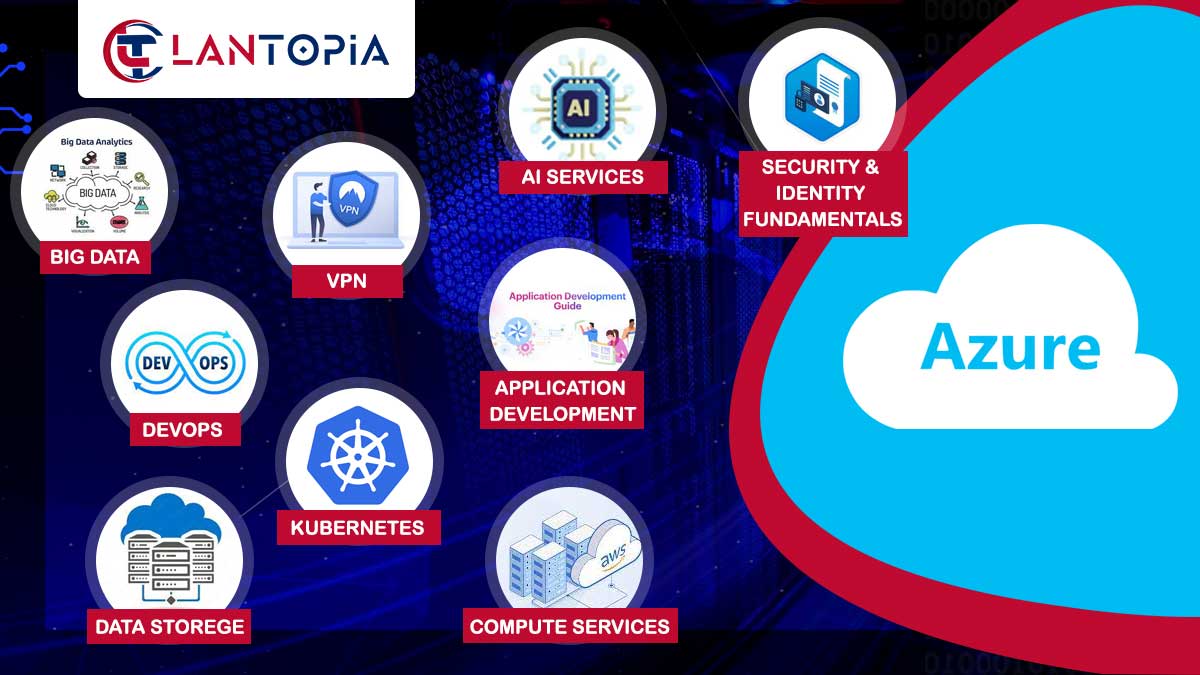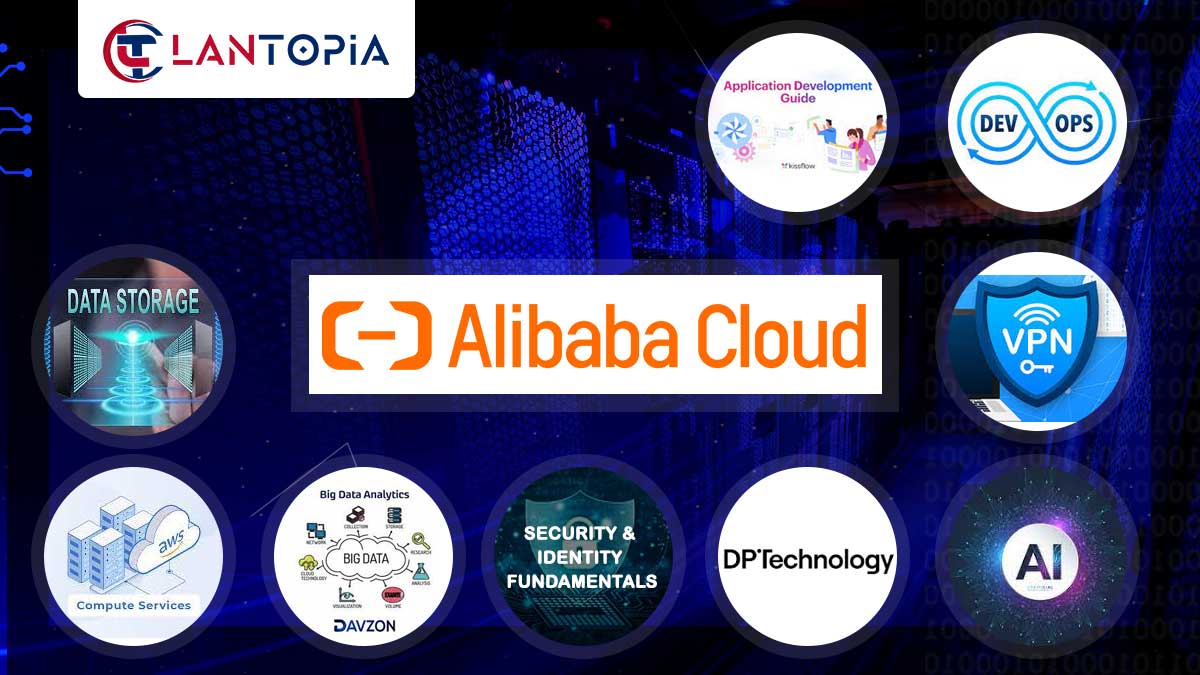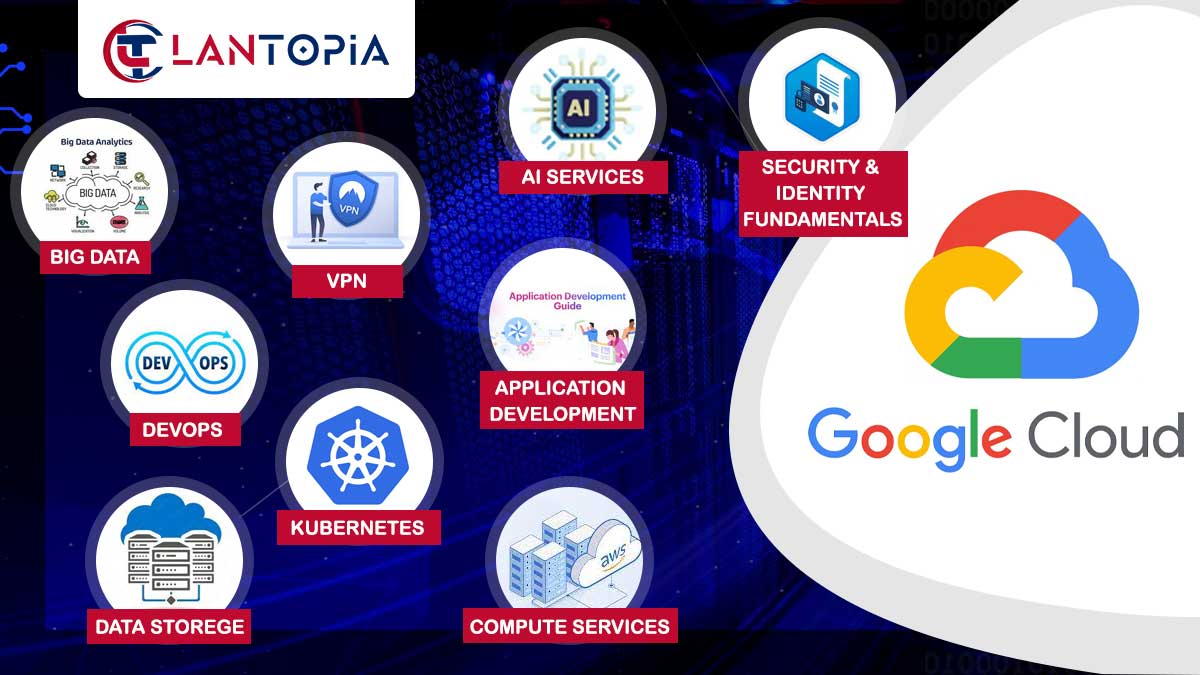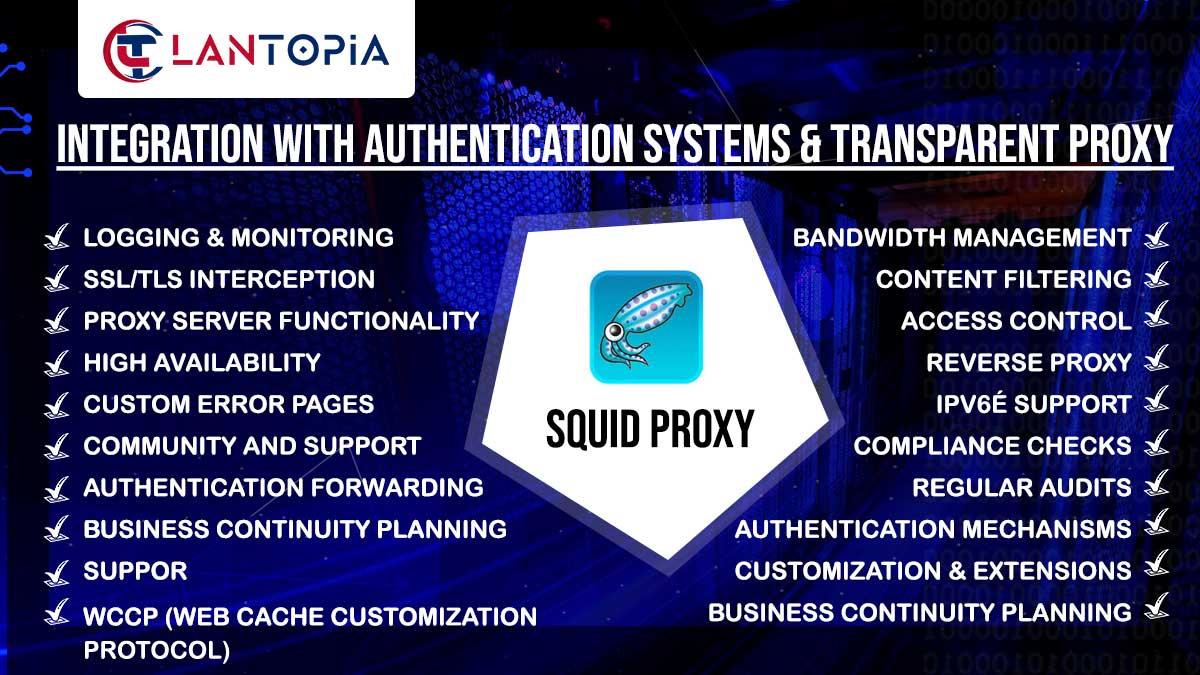- Centralized Configuration Management and Endpoint Protection
- Operating System Deployment, Software Deployment and Updates
- Mobile Device Management (MDM) and Compliance Settings
- Software Deployment and Updates and Patch Management
Centralized Configuration Management
- Enable centralized management of IT assets and configurations
- Streamline and automate the configuration of servers, desktops, and mobile devices
Software Deployment and Updates: - Deploy software applications and updates across the organization
- Schedule and automate software deployments to minimize user impact
Patch Management: - Implement patch management to keep operating systems and software up to date
- Schedule and deploy security patches to address vulnerabilities
Operating System Deployment: - Facilitate the rapid and automated deployment of operating systems
- Create standardized OS images for consistent installations
Endpoint Protection: - Integrate endpoint protection features to safeguard against malware and security threats
- Centralize the management of antivirus policies and definitions
Inventory and Asset Management: - Collect and maintain an inventory of hardware and software assets
- Track changes in the IT environment and monitor software usage
Compliance Settings: - Implement compliance settings to ensure systems adhere to organizational policies
- Enforce security baselines and configurations
Mobile Device Management (MDM): - Extend management capabilities to mobile devices, including smartphones and tablets
- Apply security policies and configurations to mobile endpoints
Role-Based Administration: - Define roles and permissions based on job responsibilities
- Control access to SCCM features and functionalities
Reporting and Analytics: Utilize built-in reporting tools to generate insights into the IT environment.Create custom reports to track key performance indicators.
Remote Control and Troubleshooting: Enable remote control capabilities for IT administrators. Facilitate troubleshooting by accessing and managing remote systems.
Application Lifecycle Management: Manage the entire application lifecycle, from deployment to retirement. Streamline application updates and version control.
Desired Configuration Management: Implement Desired Configuration Management (DCM) for ongoing compliance. Define and enforce configuration baselines for devices.
14. Task Sequences: Create and deploy task sequences for complex, multi-step processes. Automate repetitive tasks to save time and reduce errors.
15. Reporting and Monitoring: Monitor the health and performance of the SCCM infrastructure. Set up alerts for potential issues and failures.

